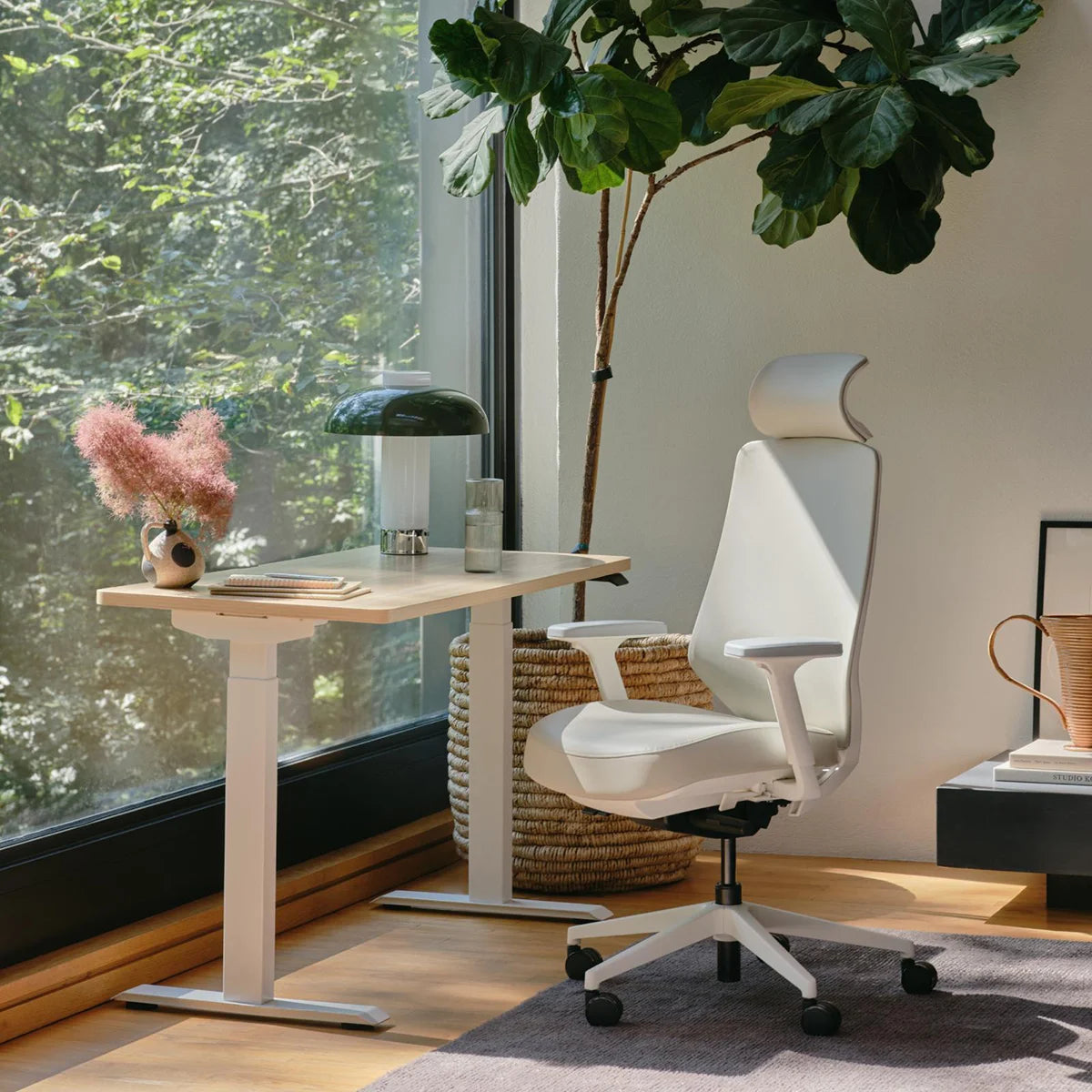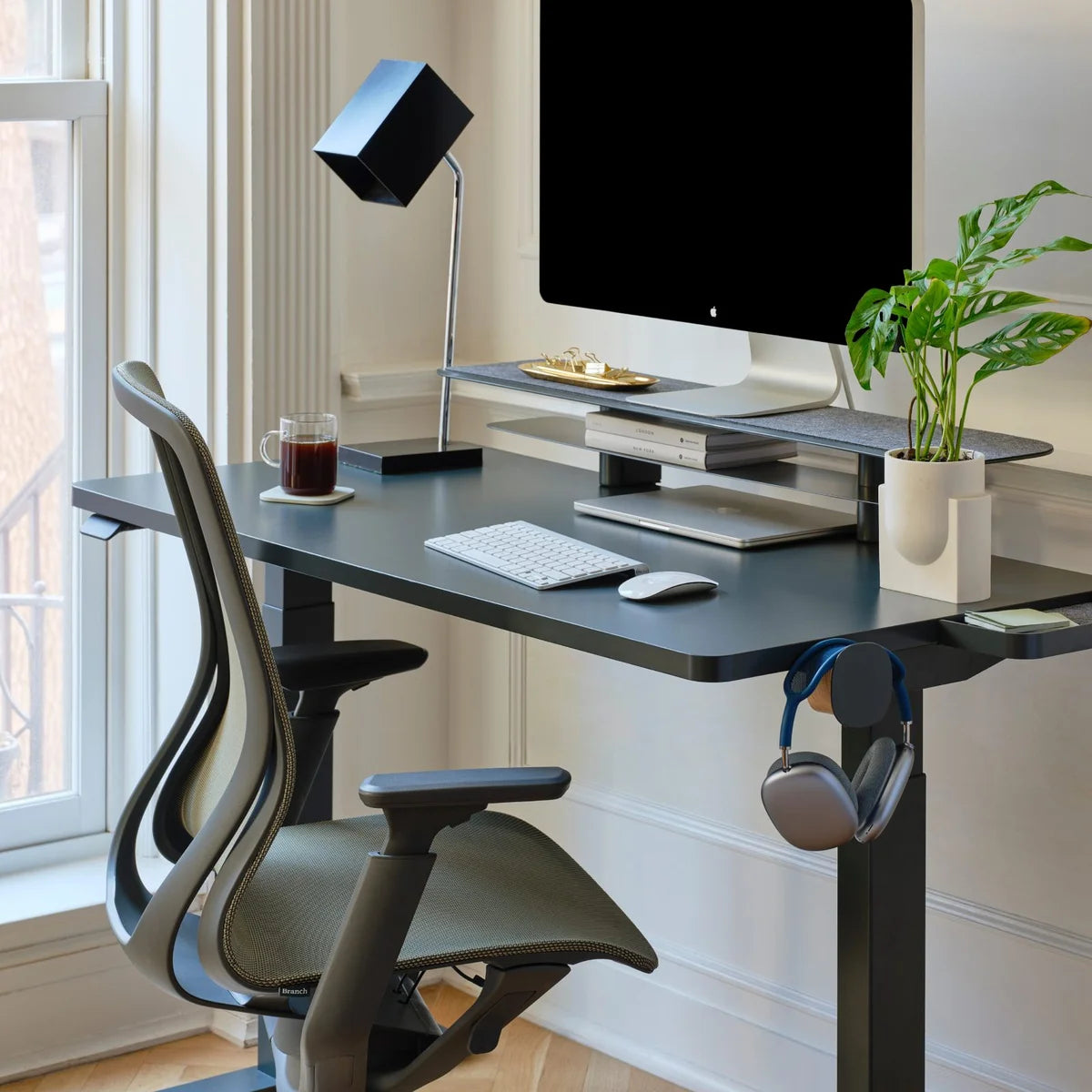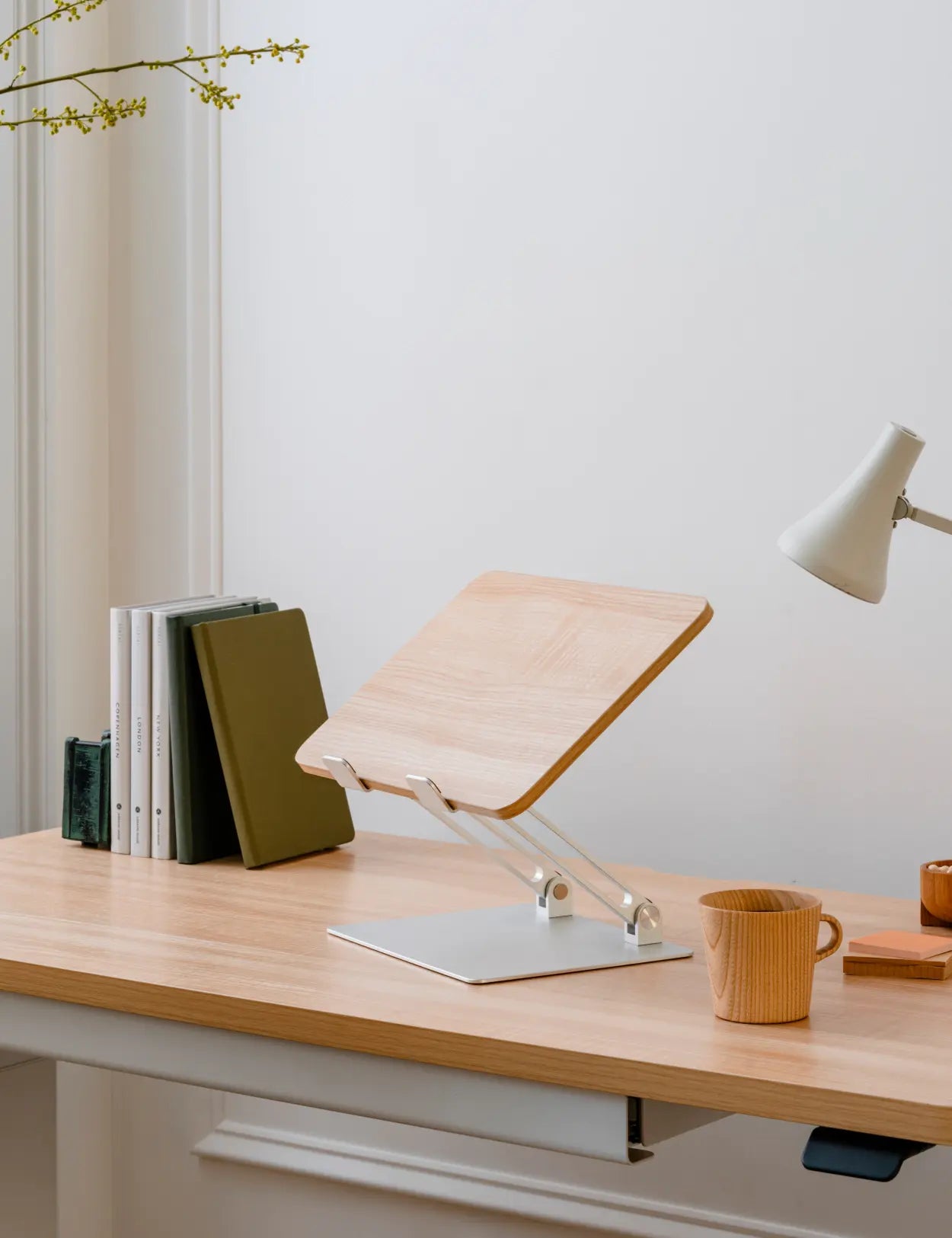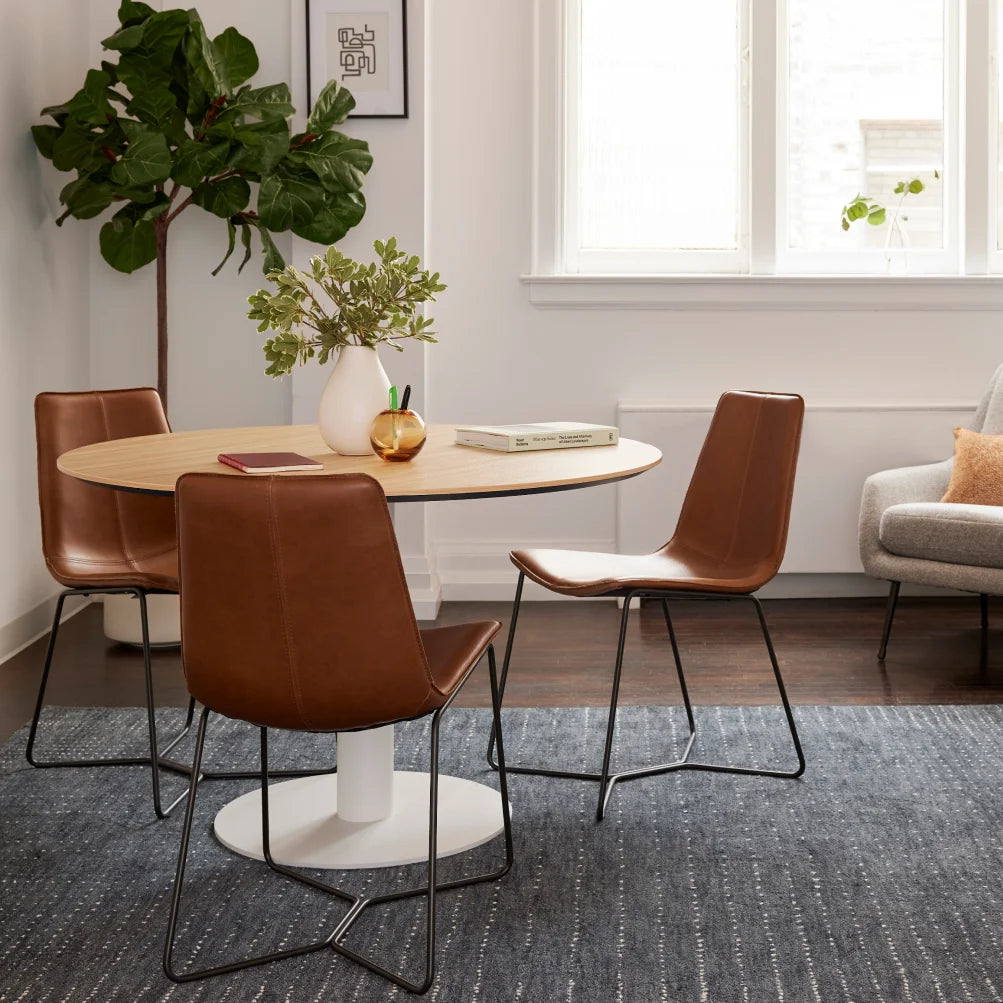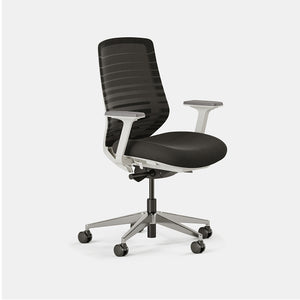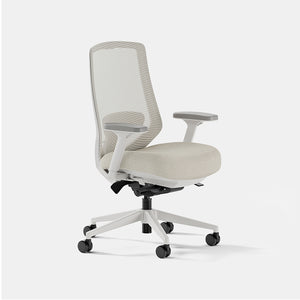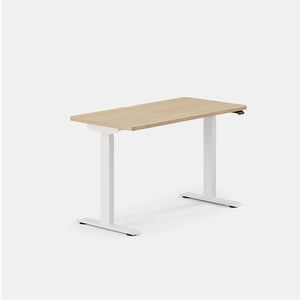These days, the word “ergonomics” gets tossed around like a freshly made salad. We read about it in magazines, hear about it on the news, and talk loosely about it when describing the latest fads. If you really feel like your life needs an upgrade, you could track down an ergonomic version of just about anything: spatulas, loofahs, you name it. But what even is ergonomics, if it somehow covers such unrelated and disparate objects, and how did we come to use the term so generally?
The etymology of the term gives us a quick, helpful tip on what we’re actually talking about when we refer to ergonomics: in Greek, “ergon” means work, while “nomos” refers to laws. Ergonomics, then, specifically refers to the science of work, and how different lifestyle choices can optimize both our health and our output in the context of the workplace. As the meaning of “work” has taken on so many shapes – from sitting at desks to floating in space – our common understanding of ergonomics has done the same, growing increasingly nebulous. In this article, we cover the five most common misconceptions about the science of work and set the record straight:





